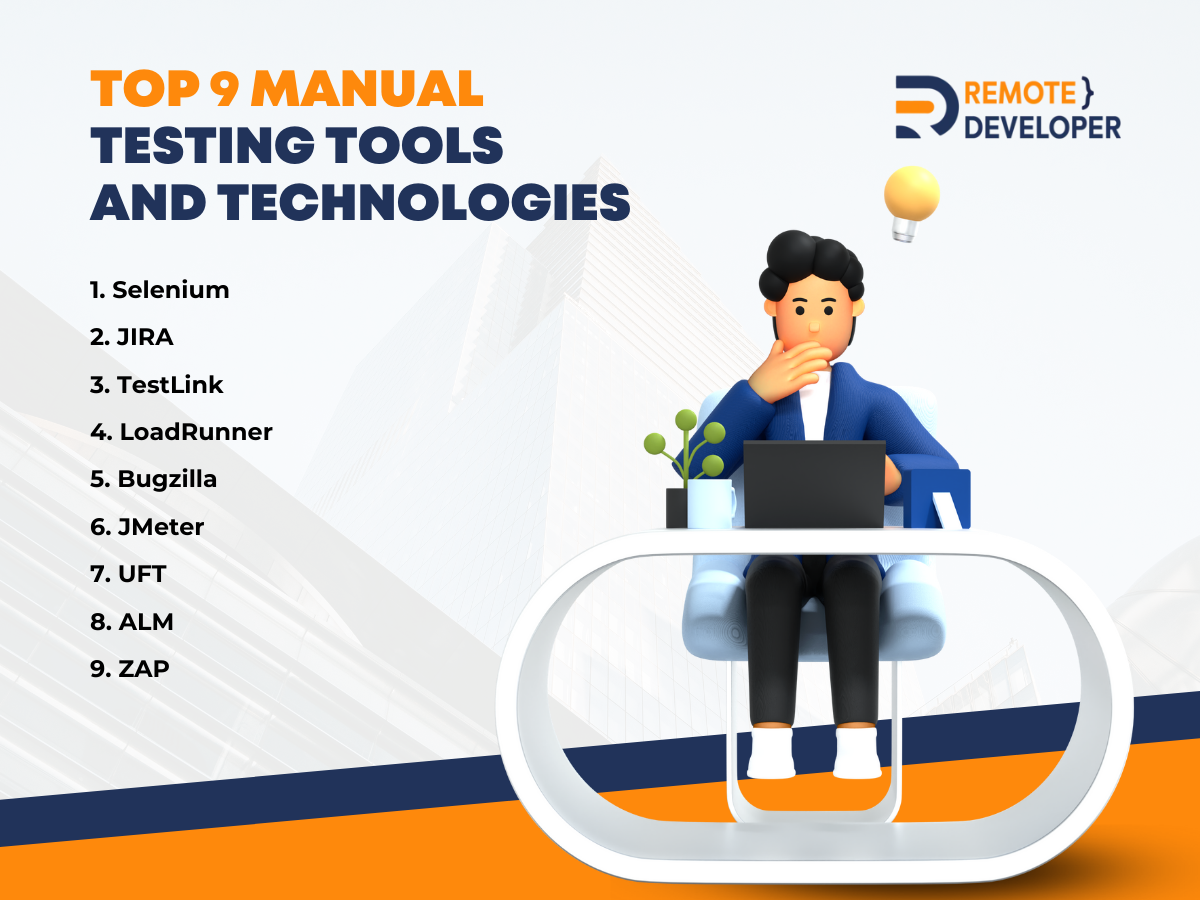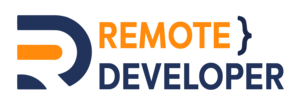Software and applications are developed for a variety of uses and every aspect of our daily lives. Like all products, they must perform well and consistently. As such, quality assurance (QA) testers are equipped with an array of manual testing tools to ensure their quality before they are made available to customers.
In this article, we share our top manual testing tools list as well as their respective advantages and disadvantages to ensure every QA tester and IT company is well-equipped.
Importance of manual testing tools in SDLC
In software development, the work that QA testers do is crucial. As such, the quality of the QA tools and technologies used for software testing is important as well. Given the high volume of users and high demand for software and applications, testing these products out first is a necessary step.
Moreover, being equipped with the right manual testing tools provides a couple of benefits as well.
Product Quality
In line with quality assurance, good software testing tools effectively assist testers to detect all present and potential issues. Thereafter, developers will resolve these problems to maintain or even improve the quality of the product.
Save Time and Resources
Think of manual testing tools as a pair of glasses for people who are visually impaired. Glasses that do not have the right magnification or have badly scratched lenses make it hard for the user to see properly.
Such is the case for QA software tools. Using reliable manual testing tools ensures QA testers can conduct tests properly and thoroughly. This saves the company time and resources during the product development stage as well as after it is made available to customers.
User Experience
User experience refers to the overall customer interaction and use of software products and applications. This includes interface, loading time, navigation, and even design elements, to name a few.
These are the things QA testers check. As such, when they can properly conduct tests and developers resolve all issues, naturally, this will also have a positive effect on the customers’ user experience.
Customer Satisfaction
Aside from user experience, customer satisfaction can be negatively or positively affected by the quality of the product.
In addition, customers are very discerning and critical of the software and applications they use. As such, any glitches, bugs, and crashes that were not detected and resolved will have a negative impact.
Security
A lot of software and applications collect user data and other relevant information. This presents a possible threat to the customers if the security of these products is low.
Protect Brand and Reputation
Lastly, every product or service is an extension of the company’s brand. As such, if the products that are marketed and sold to consumers have poor quality, this will have a negative impact on the company’s brand and reputation. Ultimately, this will also result in a loss of profit and (more importantly) customer trust.
Top 9 Manual Testing Tools and Technologies
With that said, we listed below our top 9 manual testing tools and technologies that QA testers and IT companies should consider using. Keep in mind, a lot of these are open-source software testing tools so they are easily accessible to everyone.
1. Selenium
Specs
- Open Source
- Pricing: FREE
- For: Web Automation
- Supported Platform: Windows, Linux, and macOS
Features
- Write scripts when conducting exploratory testing
- Execute administrative tasks
- Parallel test execution capabilities
- Built-in breakpoints support for debugging
- Deep web application testing with Selenium WebDriver API
- Integrates with Jenkins Selenium Pipeline plugins like Continuous Integration and Continuous Delivery
- Multiple locator features for each web element
Pros
- Integrates with existing frameworks
- Robust online community
- Beginner friendly because of online support
- API testing capable
- Capable of creating test codes in Java, Python, Ruby, C#, and JavaScript
Cons
- Codeless automation is lacking

2. JIRA
Specs
- Open Source
- Pricing: FREE
- For: Time & Milestone tracking, Bug tracking, Issue Management
- Supported Platforms: Microsoft Windows, Linux, and macOS
Features
- Scrum boards to divide projects into tasks
- Customisable workflows
- Provide context-specific insights with a built-in dashboard and data-rich reports
- Project roadmaps to sync team members
Pros
- Compatible with plenty of 1st and 3rd party plugins
- Customisable workflow
- Create JIRA tickets and specify the bug’s priority level
Cons
- Complicate process for renaming categories and statuses
3. TestLink
Specs
- Open Source
- Pricing: FREE
- For: Test Management
- Supported Platforms: Windows and Cloud
Features
- Synchronises test specifications and requirements
- Construct test projects
- Record and store data-rich test cases in an organised structure
- Provide data-dense reports in the following formats: MS Excel, MS Word, and HTML5
- Support search functionality with hotkey features
- Capable of connecting with different software
Pros
- Integration capabilities with other software tools like Rally and VersionOne
- Easy test case filtration and search
- Provide in-depth reports like build-wise and multiple build execution reports
Cons
- Automation and integrations with other tools like Bugzilla and Mantis lack support
4. LoadRunner
Specs
- Pricing: FREE (Only for Community Edition)
- For: Load and Performance Testing
- Supported Platforms: Windows, macOS, and Linux
Features
- Perform ethical hacking through user simulation
- Capture system-level performance data with diagnostic modules and system monitors
- Perform an array of performance tests
- Show graphs based on data collected to identify bottlenecks
- Run high-scale tests
- Create service-level agreements
- Compatible with VuGen
Pros
- Identify and locate the root cause of performance issues
- Support performance tests of over 50+ technologies and protocols
- Unlimited virtual uses for load testing in close
Cons
- Test lab lags in between executions
5. Bugzilla
Specs
- Open Source
- Pricing: FREE
- For: Bug Tracking and Test Management
- Supported Platforms: Windows, Linux, and macOS
Features
- Robus bug tracking system
- Estimate time of completion for fixing bugs
- Create in-depth data-driven reports based on an array of search criteria and filters
- Scan the database for inconsistencies
- Advanced search systems with multiple filters
- Custom search capabilities
- Club similar bugs
Pros
- Send data reports
- Create or modify new and existing bugs
- Add custom fields to the database
Cons
- Search features can sometimes be difficult to manage
6. JMeter
Specs
- Open Source
- Pricing: FREE
- For: Performance Testing
- Supported Platforms: Platforms: Windows, Linux, and macOS
Features
- Support data parameterization
- Write scripts in various languages
- Export data in file formats like HTML, JSON, and XML
- Test IDE support quick Test Plan building, recording, and debugging
Pros
- Choose load statistics with pluggable timers
- Support a wide array of services for performance and security tests
- JAVA-compatible to load tests using CLI mode
Cons
- GUI mode results in high memory usage
7. UFT
Specs
- Pricing: Available upon inquiry
- For: Regression Testing, Logs Defects, Track Changes, Test Implementation and Execution
- Supported Platforms: Windows
Features
- Automated testing for any testing environment
- Continuous testing capabilities with DevOps, Jenkins, and bamboo, to name a few.
- End-to-end testing
- AI-driven testing automation
- Supports cross-browser testing for popular web browsers
- Easy API and Web Services testing
- Expandable framework for building and conducting tests
Pros
- Active online community forums
- Supports mobile app testing for Android and IOS
- Cross-browser coverage
Cons
- Only supports VB scripting and JavaScript
8. ALM
Specs
- Pricing: Available upon inquiry
- For: Test Script Review, Track Defects, Requirements-based Testing
- Supported Platforms: Windows, Linux, macOS, Solaris, and AIX
Features
- Manage testing processes
- Establish end-to-end test traceability
- Audits the whole lifecycle of application development against regulations and standards
- Provides reports such as application quality metrics, and executive KPI dashboard
- Supports development Methodologies, including Agile, Waterfall, Spiral, Hybrid, and other custom processes
- Link tracking for requirements, issues, and tests
Pros
- Secures sensitive product and project data
- Offers a variety of SaaS options
- Integration capabilities for open-source and proprietary tools from
- Runs as a virtual machine on any cloud infrastructure
9. ZAP
Specs
- Pricing: FREE
- For: Security Testing
- Supported Platforms: Windows, Linux, and macOS
Features
- Proxy features analyse, change, and inject traffic into message content between the browser and server.
- Integrates security testing within the CI/CD pipeline using Jenkins Plugin
- Inject ethical payloads that test applications in authoritarian states and expose vulnerabilities using Fuzzer Security Tool
- Supports automation for multiple tasks
Pros
- Support any scripting language that allows JSR 223
- Can intercept the WebSocket traffic between the client and server
- Supports running scripts used to embed in test internal data structures
Cons
- Slicers in Reports features do not have search functionality
- PowerBI connection to the cube via DAX lacks support
Select the best manual testing tools
With that said, the function of manual testing tools is to assist QA testers. These tools increase efficiency in identifying and locating bugs, defects, and other flaws that were detected while testing.
Moreover, these should also provide convenience for testers. So, before selecting a manual testing tool, make sure to check if it has features that help manage, plan, execute tests, track bugs, collect data, search for things, and even organise reports.
Of course, aside from being equipped with the best manual testing tools, you also need expert QA testers to do it properly. Get in touch with us and together let’s create high-quality software products for your clients.

